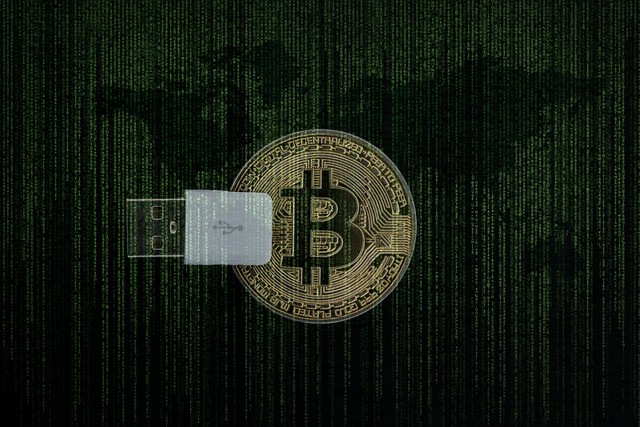Blockchain adoption in gaming is transforming the industry by introducing true player ownership and control through non-fungible tokens (NFTs), secure transactions, and decentralized governance. Trends like play-to-earn models, community-driven decision-making, and innovative monetization strategies like tokenomics are reshaping the gaming landscape. This evolution promises more immersive, transparent, and democratic gaming experiences, fostering new opportunities for both players and developers.
The blockchain gaming ecosystem is revolutionizing digital entertainment by merging play with decentralized technology. Understanding this new paradigm involves exploring key aspects like blockchain adoption and its trends, decentralization of in-game assets, community-driven governance, and innovative monetization models such as tokenomics and play-to-earn mechanics. This article delves into these transformative elements shaping the future of gaming.
- Understanding the Blockchain Gaming Ecosystem: A New Paradigm in Digital Entertainment
- The Rise of Blockchain Adoption in Gaming: Trends Shaping the Future
- Decentralization and Ownership: How Blockchain Transforms In-Game Assets
- Community Engagement and Governance: Empowering Players in a Distributed Network
- Monetization Strategies: Tokenomics, Play-to-Earn Models, and Beyond
Understanding the Blockchain Gaming Ecosystem: A New Paradigm in Digital Entertainment
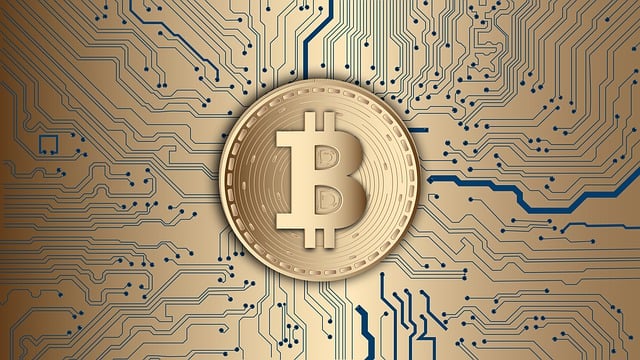
The blockchain gaming ecosystem represents a disruptive force transforming the digital entertainment sector, offering a new paradigm beyond traditional gaming models. By leveraging decentralized technology, this emerging landscape enables players to own and control their in-game assets, fostering a sense of true ownership and community engagement. Blockchain adoption in gaming is not just a trend but a necessary evolution to address longstanding issues within the industry, such as centralized control and limited player agency.
This innovative ecosystem facilitates transparent and secure transactions using cryptocurrencies, removing intermediaries and empowering gamers. It opens up new possibilities for developers to create immersive experiences, where gameplay mechanics can be enhanced with blockchain-based features like scarcity, rarity, and provable ownership. The result is a more engaging, fair, and sustainable gaming environment that promises to revolutionize how we interact with digital content.
The Rise of Blockchain Adoption in Gaming: Trends Shaping the Future
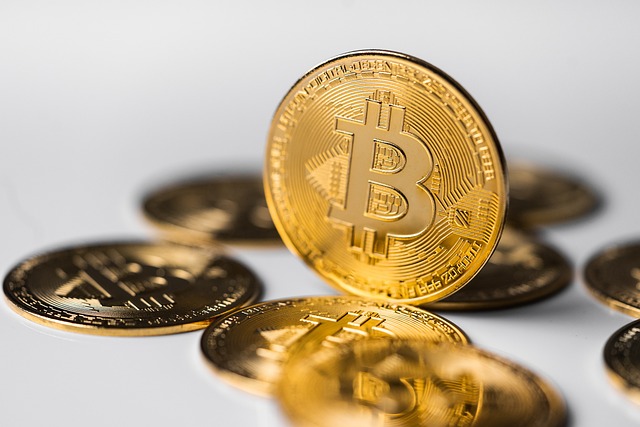
In recent years, we’ve witnessed a dramatic surge in blockchain adoption within the gaming industry, marking a significant shift from traditional centralized models. This disruptive technology promises to revolutionize gaming by introducing transparency, security, and player ownership. As such, developers are increasingly exploring blockchain’s potential to create immersive experiences, where players can truly own their digital assets and participate in decentralized economies.
Key trends shaping this evolution include the integration of non-fungible tokens (NFTs), play-to-earn models, and community governance. NFTs allow for unique, verifiable ownership of in-game items and characters, fostering a new level of engagement and value exchange. Play-to-earn mechanisms incentivize player participation by enabling them to earn cryptocurrency rewards, blurring the lines between gameplay and income generation. Moreover, decentralized governance platforms empower gaming communities to have a say in decision-making processes, fostering collaboration and ensuring that games remain aligned with players’ interests. These trends collectively paint a picture of a future where blockchain adoption is integral to shaping the gaming ecosystem.
Decentralization and Ownership: How Blockchain Transforms In-Game Assets
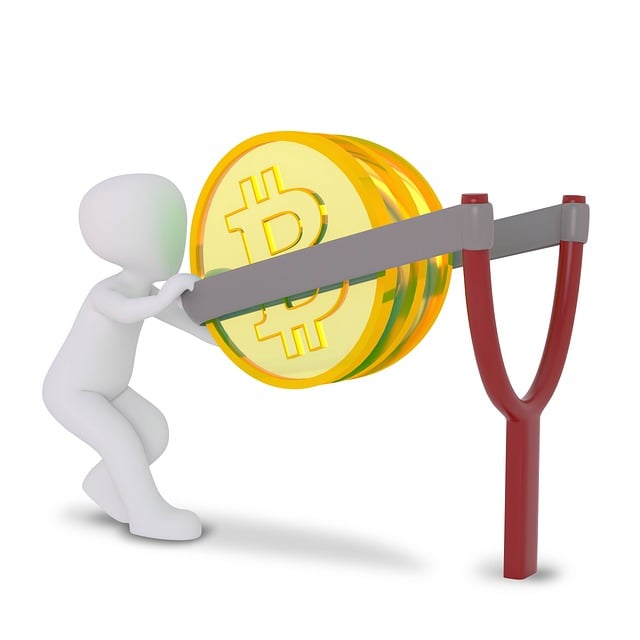
The concept of decentralization is a cornerstone of blockchain technology, and it has the potential to revolutionize gaming as we know it. When applied to the gaming ecosystem, blockchain allows for true ownership and control of in-game assets. Traditionally, game developers and platforms owned the digital assets created by players, often limiting their use and transferability. However, with blockchain adoption, players can have secure, verifiable ownership of virtual items, characters, and even land within games. Each asset is represented as a unique non-fungible token (NFT), stored on an immutable ledger, ensuring its authenticity and preventing counterfeiting or manipulation.
This shift in ownership dynamics enables a new level of user engagement and community building. Players can buy, sell, trade, and lend these NFTs with complete transparency and security. The blockchain’s distributed nature ensures that transactions are fast, efficient, and free from intermediaries. As a result, the gaming industry is experiencing a trend towards greater player autonomy, where individuals can monetize their in-game achievements and assets, fostering a thriving secondary market and creating new revenue streams for both players and developers alike. This evolution in ownership rights is a significant driver of blockchain adoption in gaming, attracting both developers and enthusiasts who seek more democratic and rewarding experiences within digital worlds.
Community Engagement and Governance: Empowering Players in a Distributed Network
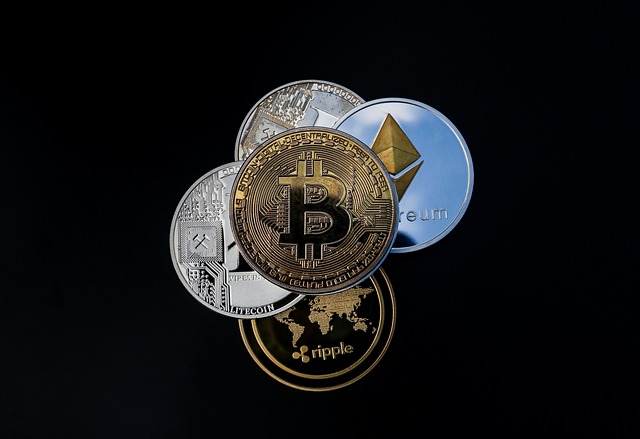
In the blockchain gaming ecosystem, community engagement and governance are transforming the traditional player-developer dynamic. With blockchain’s decentralized nature, players are no longer passive participants but active contributors in a distributed network. This shift empowers users to have a direct say in game decisions, from asset ownership and trading to voting on updates and new features. By leveraging smart contracts, developers can create transparent and secure systems where every action is recorded immutably, fostering trust and encouraging long-term engagement.
The increasing blockchain adoption and its trends in the gaming industry highlight a move towards player-driven economies. Through decentralized apps (dApps) and non-fungible tokens (NFTs), gamers can monetize their in-game assets, trade them with others on open markets, and even influence game balance. This not only enhances user experience but also creates new opportunities for community governance models, where players collectively make decisions that shape the future of their favorite games.
Monetization Strategies: Tokenomics, Play-to-Earn Models, and Beyond
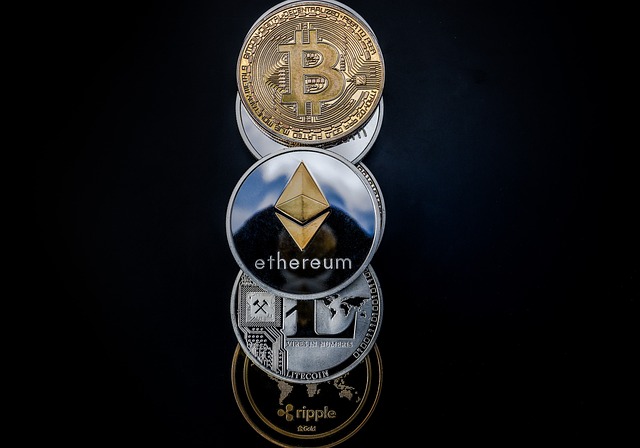
In the blockchain gaming ecosystem, monetization strategies are evolving rapidly with the increasing adoption of this technology. Tokenomics, a combination of tokens and economic models, is one prominent approach. It allows players to earn in-game assets or cryptocurrency through gameplay, fostering engagement while offering new revenue streams for developers. This aligns with the broader trend of blockchain adoption, where decentralized systems are disrupting traditional monetization methods.
Beyond tokenomics, Play-to-Earn (P2E) models are gaining traction. These models enable players to accumulate value in the form of NFTs or cryptocurrencies as they play, creating a sustainable and engaging experience. As blockchain technology continues to permeate various industries, including gaming, it’s clear that innovative monetization strategies will become even more prevalent, shaping the future of both gaming and digital ownership.
The blockchain gaming ecosystem represents a revolutionary shift in digital entertainment, combining decentralization, ownership, and innovative monetization models. As blockchain adoption and its trends continue to shape the future of gaming, players are given unprecedented control over their in-game assets and experiences through community engagement and governance. This evolving landscape promises not only thrilling gameplay but also a new era of economic participation for users, as tokenomics and play-to-earn models open up exciting opportunities. Embracing these changes will be key to unlocking the full potential of this transformative gaming paradigm.
